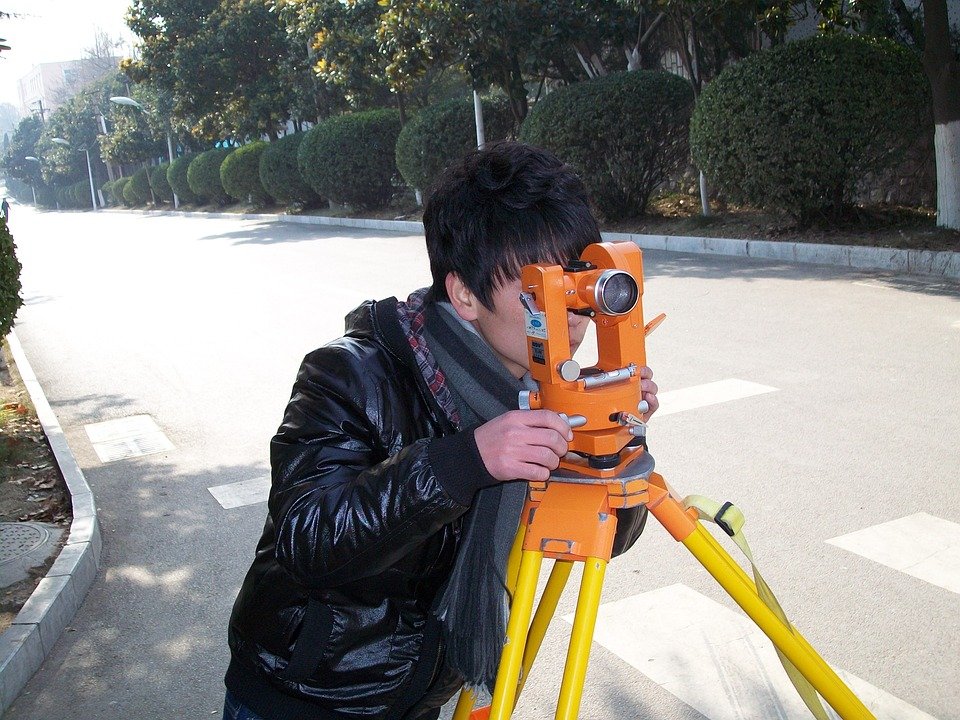[ad_1]
Using Contour Surveying for Precision Mapping
Contour surveying is a type of surveying technique used to measure the elevation of a given surface. It is commonly used in the construction industry and for precision mapping. This type of surveying is used to create a three-dimensional representation of a given area.
Benefits of Contour Surveying
Contour surveying offers many benefits to precision mapping that traditional surveying methods cannot provide. It allows for the accurate measurement of elevation, which is critical when mapping a construction project or mapping a topographical area. Additionally, contour surveying allows for a more accurate representation of the landscape, allowing for more accurate calculations and estimations.
Another benefit of contour surveying is its ability to provide more detailed data than traditional surveying methods. This makes it ideal for precision mapping, as it allows for more accurate measurements and calculations. Additionally, contour surveying is relatively easy to use and does not require a large amount of resources. This makes it ideal for companies or individuals who need precise measurements without a significant investment in equipment or personnel.
How Contour Surveying Works
Contour surveying is done by using a combination of specialized surveying instruments and software. The surveying instruments used in contour surveying measure the elevation of a given surface. This data is then processed and used to create a three-dimensional representation of the area in question.
The software used in contour surveying is designed to interpret the data from the survey instruments and convert it into a three-dimensional representation. This representation is then used to create a map of the area in question. This map can then be used to make precise calculations and estimations.
Applications of Contour Surveying
Contour surveying is commonly used in the construction industry and for precision mapping. It is used to create accurate representations of a given area, which can be used to make precise calculations and estimations. Additionally, contour surveying can be used to measure the elevation of a given surface, which is important for many construction projects.
Contour surveying can also be used to create detailed maps of topographical areas. This type of surveying is ideal for this purpose, as it allows for more precise measurements and calculations than traditional surveying methods. Additionally, contour surveying can be used to create detailed maps of underground areas, which can be used for a variety of purposes.
Conclusion
Contour surveying is an invaluable tool for precision mapping and construction projects. It allows for precise measurements and calculations that traditional surveying methods cannot provide. Additionally, it is relatively easy to use and does not require a large amount of resources. Therefore, contour surveying is an important tool for any project that requires precise measurements and calculations.
[ad_2]


